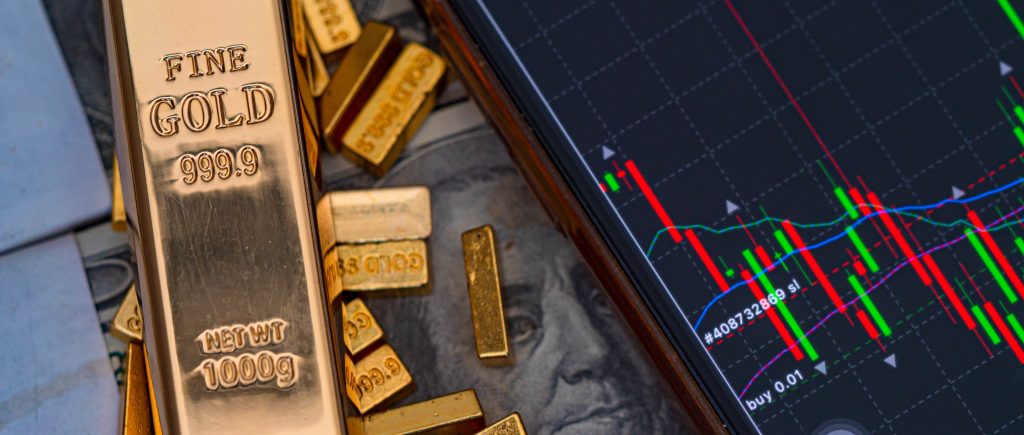Gold prices experienced renewed volatility, after struggling to hold above $2,900, but eventually the precious metal retreated to $ 2,880.38, down -1.61% at the time of writing.
The precious metal is facing pressure as weak U.S. consumer data heightened economic concerns. Retail sales figures released Friday revealed a sharp 0.9% drop last month, significantly worse than the anticipated 0.2% decline, according to the Commerce Department. This downturn, following a revised 0.7% increase in December, paints a concerning picture of consumer spending.
Core sales, excluding vehicle purchases, also fell short of expectations, decreasing 0.4% versus the projected 0.3% rise. The control group, a key indicator for GDP calculations, showed an even more alarming 0.8% drop, missing the 0.3% increase forecast.
These disappointing figures triggered selling pressure in the gold market, accelerating existing profit-taking. Spot gold traded down 0.53% at $2,912.30 an ounce. Economists expressed concern about the implications for first-quarter economic growth. While some weakness might be attributed to weather conditions, as noted by Capital Economics, the overall trend suggests a potential slowdown in consumption growth to around 2.5% annualized, with GDP growth potentially closer to 1.5%.
This weak retail sales data compounds a difficult period for U.S. consumers, who are also grappling with rising prices. The economic data places the Federal Reserve in a precarious position as it attempts to balance monetary policy between the risks of a slowing economy and persistent inflation. Despite this, some commodity analysts maintain that this environment is ideal for gold. They argue that gold’s safe-haven status makes it an attractive hedge against economic uncertainty and inflation. With the Federal Reserve maintaining a relatively neutral stance on interest rates, the argument goes, rising inflation diminishes the appeal of bonds, making gold a more compelling defensive asset.
 Noor Trends News, Technical Analysis, Educational Tools and Recommendations
Noor Trends News, Technical Analysis, Educational Tools and Recommendations





